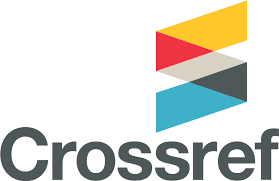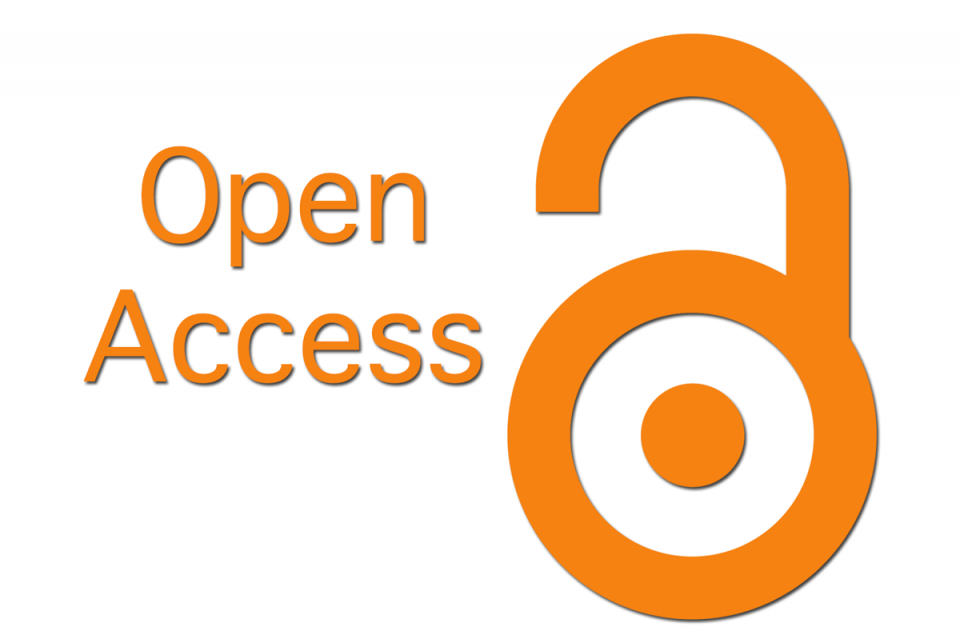On Development of Methodology of Establishing an Individual Belonging to the Upper Criminal Hierarchy Based on a Pictographic Criminal Writing
Abstract
The article proves the special role of the linguistic examination of tattoos in the process of proving a person's involvement in the organization and management of criminal groups. A semiotic classification of tattoos used by so-called code-bound criminals is proposed. In the course of expert practice, the author was able to establish that in the criminal world, tattoos represent a logical system of postulates and criminal ideas. Therefore, the main thing for an expert linguist should be knowledge of the subculture of the criminal world: thieves' rules of conduct, argot, proverbs and sayings of the criminal community, prison songs, nicknames, the meaning of criminal symbols. It is important to keep in mind that tattooing is a gradual process and reflects the acquired criminal experience.
Downloads
Metrics
References
Дубягина О.П., Дубягин Ю.Л., Смирнов Г.Ф. Культ тату (криминальная и художественная татуировка). М., 2003.
Зайков Н., Козлова Н. Оправдание присяжных / Российская газета. Новосибирск. – 2021. – 4 августа. – №174.
Криминалистическая диагностика татуировок. URL: https://www.судебная-экспертиза-москва.рф/kriminalisticheskaya-diagnostika-tatuirovok/
References
Dubyagina O.P., Dubyagin Yu.L., Smirnov G.F. Tattoo cult (criminal and artistic tattoo). M., 2003. (In Russian)
Zaikov N., Kozlova N. Jury acquittal. / Russian newspaper. Novosibirsk. - 2021 .-- August 4. - No. 174. (In Russian)
Forensic diagnostics of tattoos. URL: https: //www.judicial-expertiza-moscow.rf/kriminalisticheskaya-diagnostika-tatuirovok/ (In Russian)
Copyright (c) 2021 Михаил Грачёв

This work is licensed under a Creative Commons Attribution 4.0 International License.
The authors, which are published in this journal, agree to the following conditions:
1. Authors retain the copyright to the work and transfer to the journal the right of the first publication along with the work, at the same time licensing it under the terms of the Creative Commons Attribution License, which allows others to distribute this work with the obligatory indication of the authorship of this work and a link to the original publication in this journal .
2. The authors retain the right to enter into separate, additional contractual agreements for the non-exclusive distribution of the version of the work published by this journal (for example, to place it in the university depository or to publish it in a book), with reference to the original publication in this journal.
3. Authors are allowed to post their work on the Internet (for example, in a university repository or on their personal website) before and during the review process of this journal, as this may lead to a productive discussion, as well as more links to this published work (See The Effect of Open Access).











